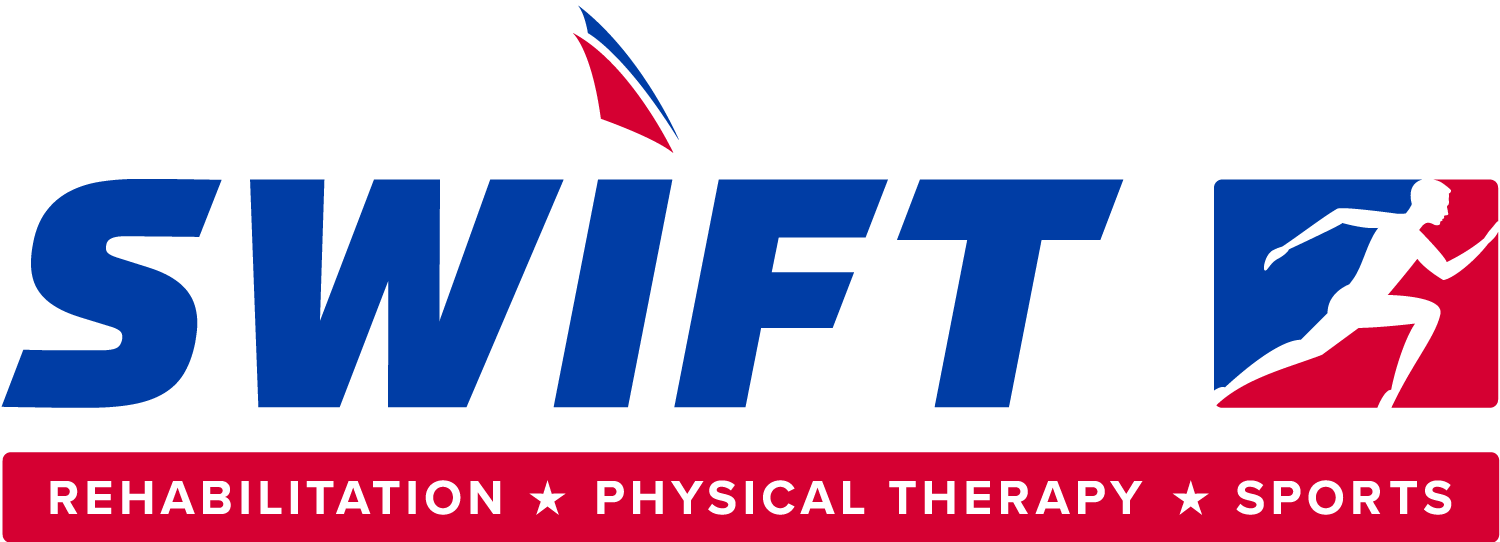Sports Performance
Sports Injury Rehabilitation helps athletes effectively treat pain and return to normal function. We emphasize the importance of early injury recognition and treatment.
In conjunction with receiving a course of treatment, specific strengthening and flexibility exercises will be implemented. Progressive exercises are included in rehabilitation programs to ensure the injury site returns to a fully functional state.
Sports Injury Rehabilitation treats a range of conditions including acute sports injuries, strains, sprains, muscle, tendon and ligament repairs, tendonitis, hand injuries, shoulder dislocation, foot or ankle dysfunction and surgery rehab.
The Sports Injury Rehabilitation Program will benefit those with:
Post-operative injuries.
ACL reconstruction.
Meniscus tears.
Rotator cuff repair.
Acute and chronic musculoskeletal injuries.
Sprains and strains.
Tendonitis and bursitis.
Sports Injury Rehabilitation is a multi-disciplinary approach to the prevention, evaluation, and treatment of injuries. The first step towards recovery is getting an accurate diagnosis from a certified sports-injury specialist. Typically, the initial stage of treatment involves reducing pain and promoting healing. Once pain and swelling are reduced, progressive reconditioning treatment will begin.
Exercises will be prescribed to target specific goals such as mobility, flexibility training, coordination of balance and joint positioning. As progress is made, the athlete and trainer can work together towards re-establishing strength.
We use state-of-the-art techniques and procedures including:
Functional activities.
Sports/Activity specific exercises and training.
Bracing and taping (athletic and kinesiotaping).
Fabrication of protective pads.
Modalities.
Manual Therapy.
Muscle reconditioning.
Proprioceptive training
Return to Sport
At some point in the recovery process, athletes return to strength and conditioning programs and resume sport-specific activities in preparation for return to play. The transition is important for several reasons. First, although the athlete may have recovered in medical terms (improvements in flexibility, range of motion, functional strength, pain, neuromuscular control, inflammation), preparation for competition requires the restoration of strength, power, speed, agility, and endurance at levels exhibited in sport.
Return to play is defined as the process of deciding when an injured or ill athlete may safely return to practice or competition. Early return to training and sport are considered sensible goals if the rate of return is based on the affected muscle, the severity of the injury and the position of the athlete.
Criteria for return to play must emphasize gradual return to sport-specific functional progressions. Sport-specific function occurs when the activations, motions and resultant forces are specific and efficient for the needs of that sport. Sport-specific functional rehabilitation should focus on restoration of the injured athlete’s ability to have sport-specific physiology and biomechanics to interact optimally with the sport-specific demands. That means that they need to be replicated at the same speed, on the same surface and with the same level of fatigue to be truly effective.


